Lesson 2 - Hello, I am ..
One key word in introducing yourself is desu (don’t pronounce the “u” at the end). Desu translates to the verb is/are. Unlike other languages, there is no feminine or masculine forms and there are no pronouns in front of it. They are, we are, I am, you are, etc, are all just desu. In Japanese, the verb is always last, so therefore, if you wanted to say who you were, you would say your name and then add desu to the end. For example, if your name was Ayumi, you would say: Ayumi desu.
Say you were talking to your friend, Teru. Let’s look at a small conversation between the two:
Ayumi: Aa Teru san! Ohayou gozaimasu. Ohisashiburi desu ne! Ogenki desu ka?
Teru: Aa Ayumi san! Okage sama de, genki desu. Anata wa?
Ayumi: Genki desu.
There are several new words and phrases that are already introduced here in that small conversation. You already know Ohayou gozaimasu to be “Good morning”. The suffix san is basically the English equivalent of “Miss/Mr./Mrs.” etc. You add it onto the end of the name of the person you are talking to. Important is that you never add san onto your own name, because that is like telling the person you are better than them (higher rank or status). If you were referring to a teacher, you would add sensei. Another small simple phrase would be Aa which is basically “Oh!”
Ohisashiburi desu ne is basically “I haven’t seen you in ages”. It is a polite phrase to say to a friend you haven’t seen in a long time.
Ogenki desu ka is “How are you?”. Genki means fine or well, and if you are referring to someone else you add the honorific “O” on it to show respect. Never use “O” with yourself for the same reason you never use san with yourself. Ka is like a question mark. Since the Japanese language does not use question marks, you add ka on the end of a sentence to make it a question.
Okage sama de is “Thanks for asking”. If you were to reply Genki desu, it is “I am fine”, since desu is “is/are” and genki is fine or well. You don’t have to worry about Anata wa yet, just know that anata means you, and we will learn about wa more later. Anata wa together basically means “How about you?”. In Japan, anata is more used towards your “darling” rather than a friend. It would be disrespectful and odd to refer to another person by saying anata but you don’t have to worry about that yet. Just worry about anata wa as a phrase.
Here is another sample conversation between a teacher, Mr. Tsubasa, and a student named Ami:
Ami: Tsubasa sensei desu ka.
Tsubasa: Hai Tsubasa desu. Ami san desu ka.
Ami: Ami desu.
In this conversation, Ami asks Mr. Tsubasa if he is Mr. Tsubasa. We already know that desu is 'is/are' and adding ka makes it a question, so she is basically saying, “Are you Mr. Tsubasa?”. Hai means “Yes”, so Mr. Tsubasa is confirming it and replying, “Yes, I am Mr. Tsubasa.” Then, in return he says, Ami san desu ka, which, like Ami’s phrase, means, “Are you Ami?” Ami then replies with “I am Ami”.
If you wish, you can do some extra practice by making up small simple conversations like the ones above.
| Japanese | Romaji | English |
|---|---|---|
| です | Desu | Is / Are |
| さん | San | Mr/Mrs/Miss etc |
| 先生 | Sensei | Teacher |
| ああ | Aa | Oh! |
| お久しぶりですね | Ohisashiburi desu ne | I haven’t seen you in ages |
| 元気 | Genki | fine, well |
| か | Ka | question marker ( ? ) |
| おかげさまで | Okage sama de | Thanks for asking |
| あなた | Anata | You |
| はい | Hai | Yes |
